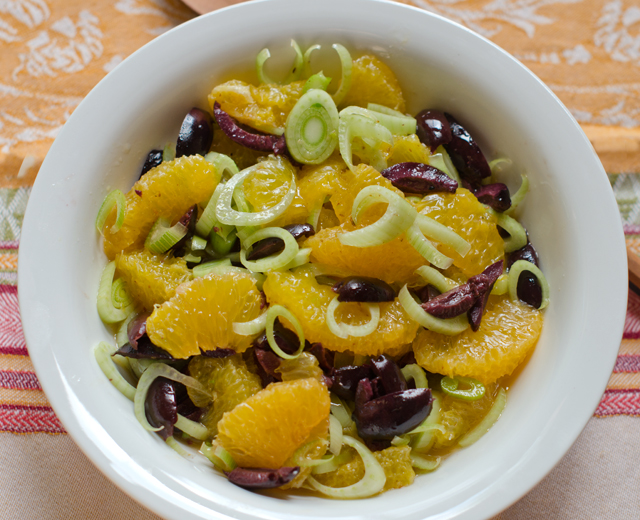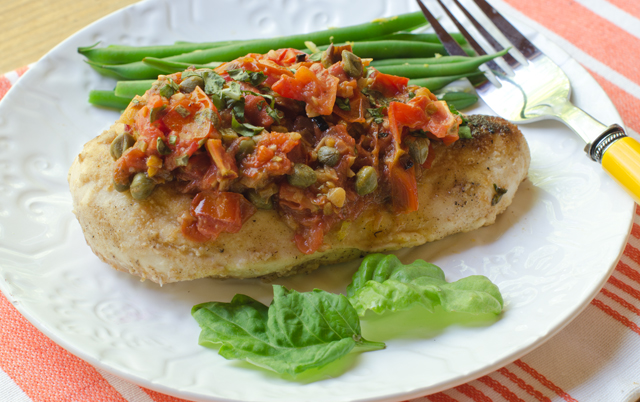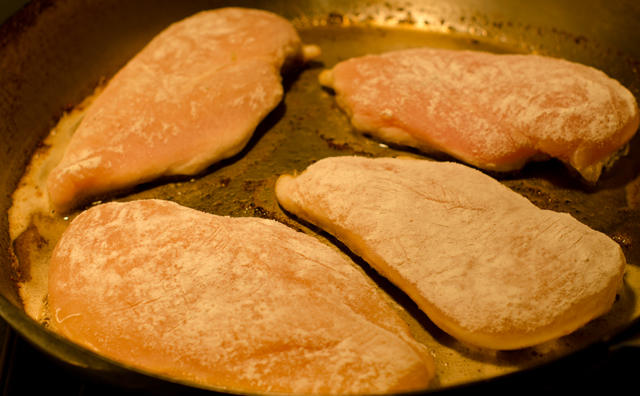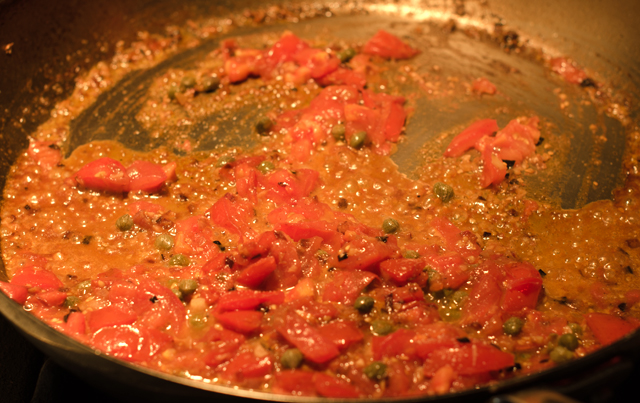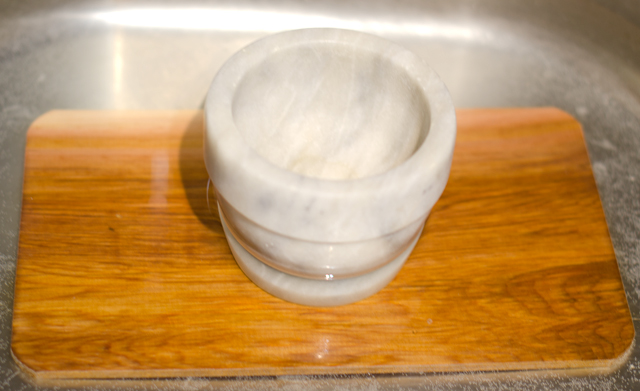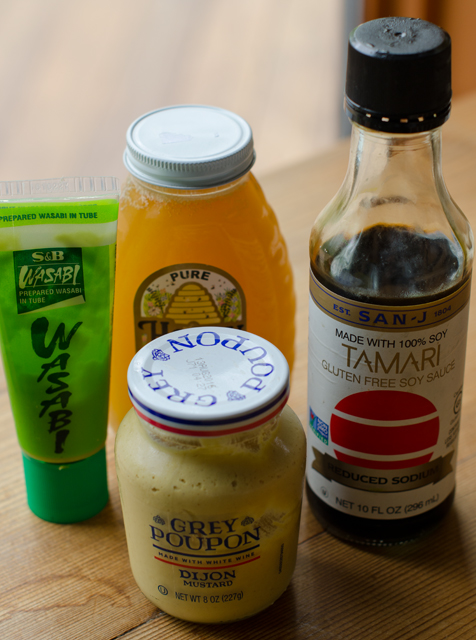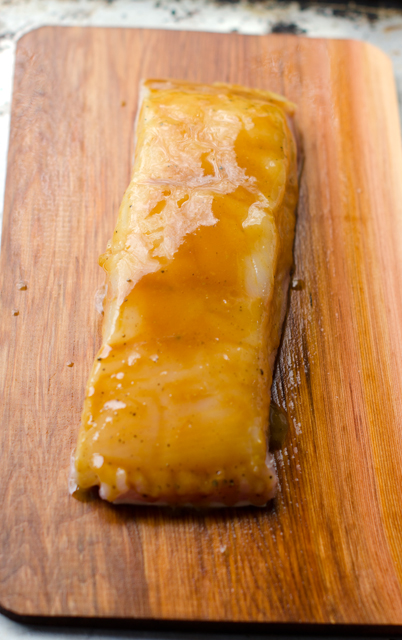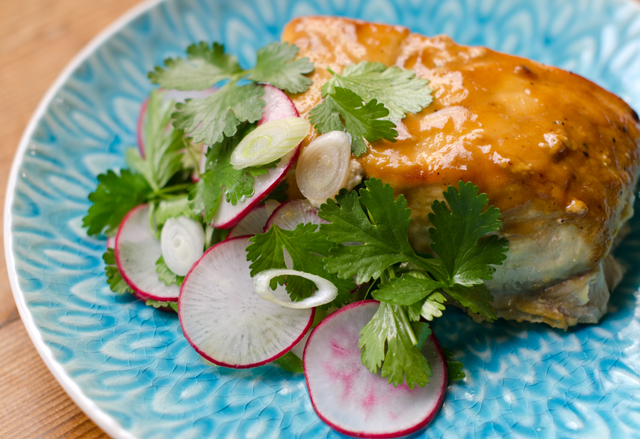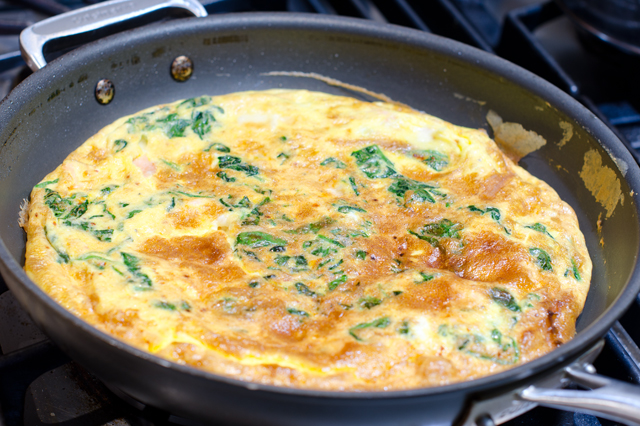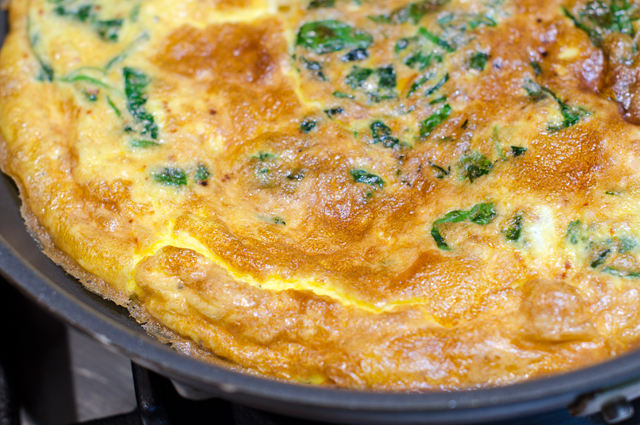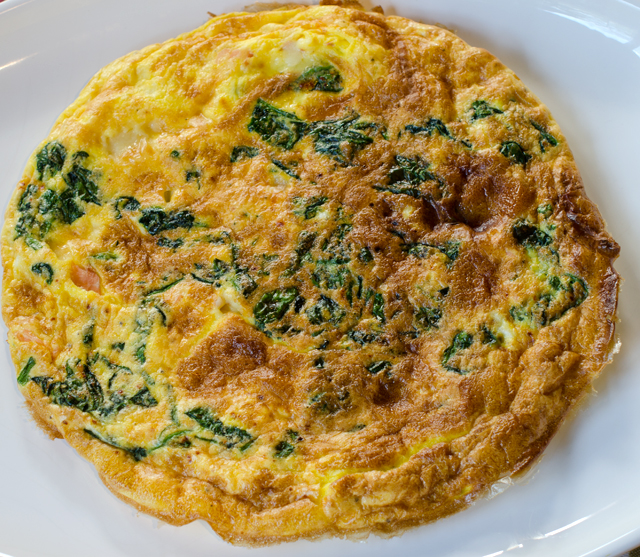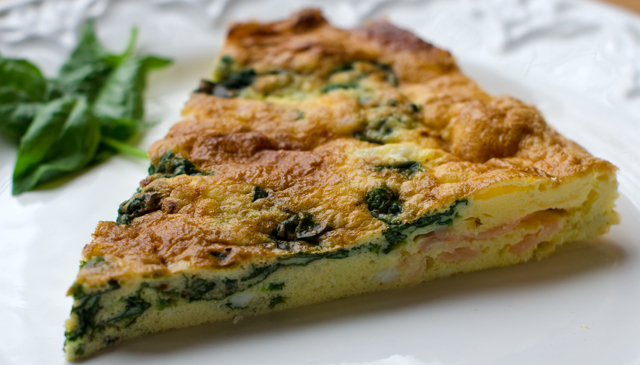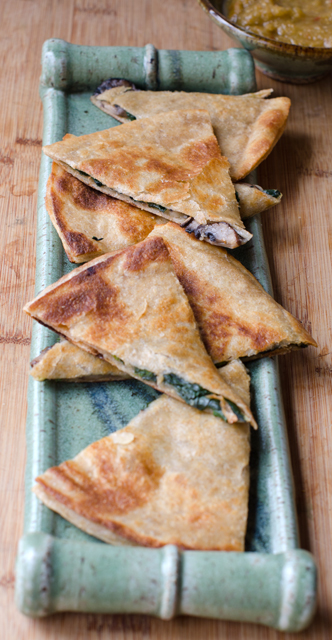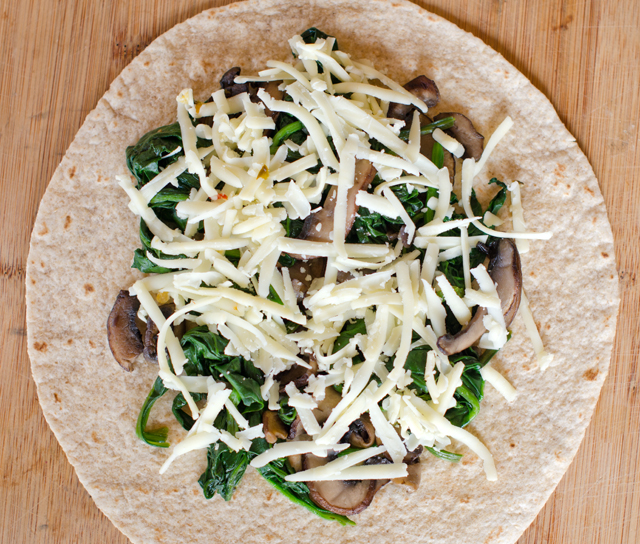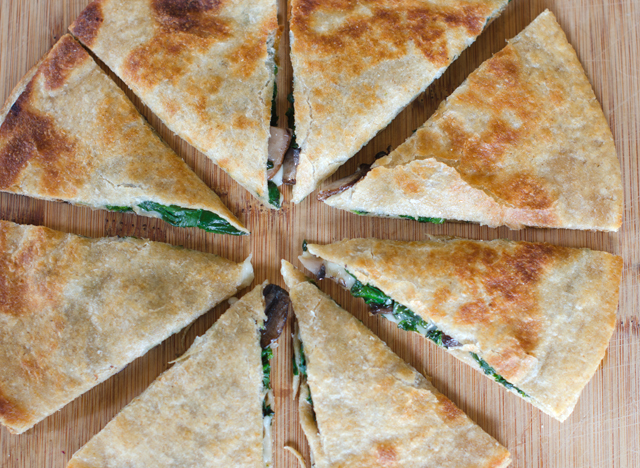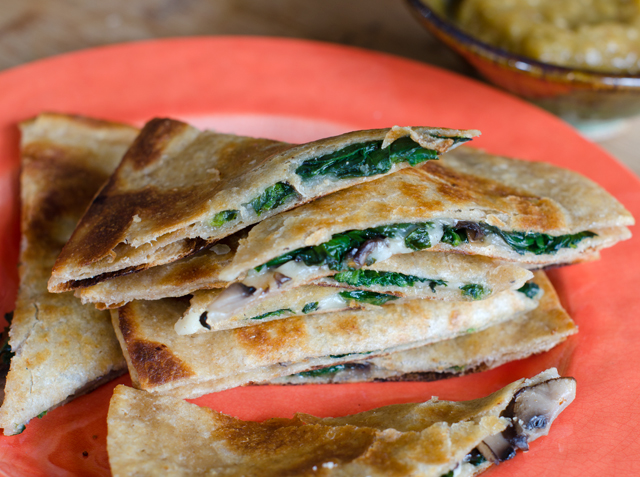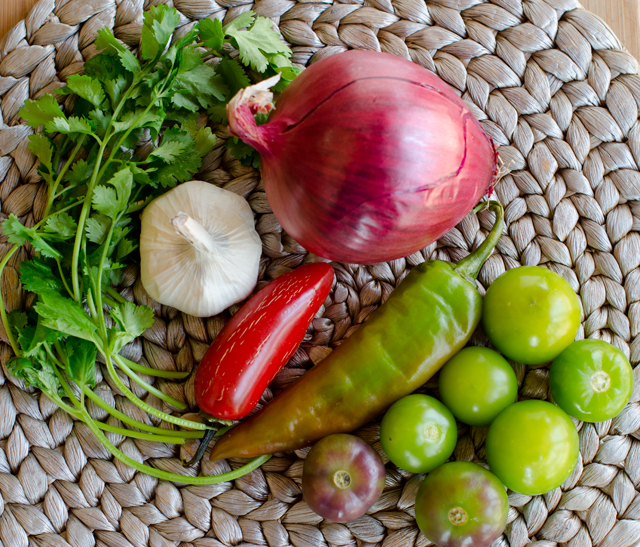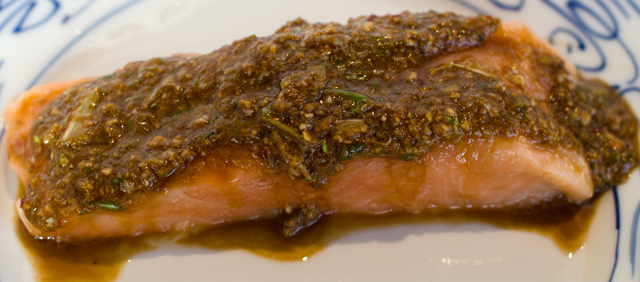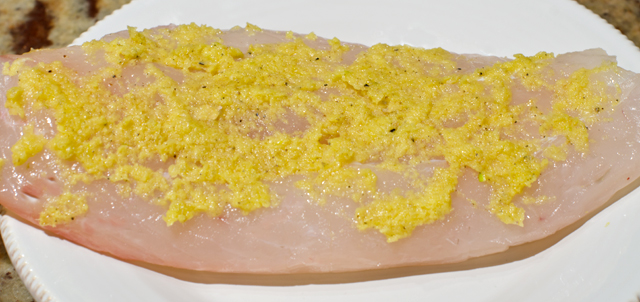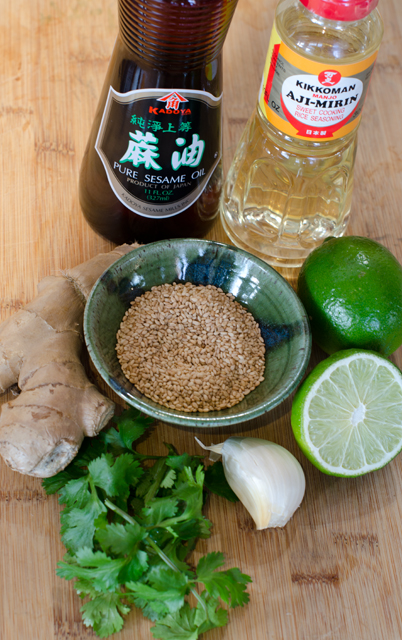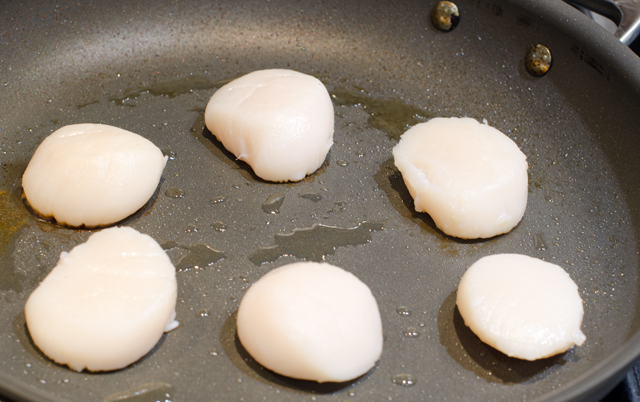 I’ve been putting the harissa I made back in September to good use with this recipe that combines browned chicken thighs and chickpeas with a tomato broth infused with onion, garlic and harissa. Harissa is a spicy garlicky condiment native to the cuisines of the northwest African countries of Algeria, Tunisia and Morocco. The recipe varies by country, ethnicity and even neighborhood. My recipe for harissa included fresh sweet and chile peppers, fragrant spices like coriander, cumin and caraway, dried mint, lemon, garlic and olive oil. You can add some to bring an unexpected kick to a tomato sauce, toss with roasted vegetables, stir into hummus or make this middle eastern inspired chicken dish.
I’ve been putting the harissa I made back in September to good use with this recipe that combines browned chicken thighs and chickpeas with a tomato broth infused with onion, garlic and harissa. Harissa is a spicy garlicky condiment native to the cuisines of the northwest African countries of Algeria, Tunisia and Morocco. The recipe varies by country, ethnicity and even neighborhood. My recipe for harissa included fresh sweet and chile peppers, fragrant spices like coriander, cumin and caraway, dried mint, lemon, garlic and olive oil. You can add some to bring an unexpected kick to a tomato sauce, toss with roasted vegetables, stir into hummus or make this middle eastern inspired chicken dish.
I love cooking chicken thighs for a week night dinner. They are not temperamental like the boneless skinless chicken breast that has its brief moment of juiciness, then dries out and disappoints when held for any length of time. Chicken thighs, no matter what preparation you choose, will wait patiently in a warm oven if dinner is delayed. A combination of chicken thighs and legs works well in this recipe also.
Begin this preparation by finding the correct pan. You will need a heavy bottomed, oven proof skillet that fits comfortably in your oven. No plastic handles please, many skillets are marked oven proof on the bottom. Keep a pot holder over the oven door lest you forget and touch the very hot handle with your unprotected hands. I know because I have done it. Preheat the oven to 425°F or as I do, 400°F for convection cooking. Heat the oil over medium high heat and swirl the pan around to evenly distribute the oil. Salt and pepper the chicken pieces and add skin side down to the hot skillet. You may need to do this step in two batches. If you crowd the chicken it will steam, not brown. Brown the chicken on the first side for about five minutes, or until golden and crisp, resist peeking too soon or the skin may tear. Turn on the other side and cook an additional four to five minutes. Add all the browned chicken pieces to a plate and keep warm. Empty all the drippings from the pan except about a tablespoon full into a small metal bowl or glass measuring cup. Hot oil will eat right through that empty plastic yogurt container you considered using and then you will have the additional clean up of hot drippings on your countertop.
Add onion and garlic to your now empty skillet, cook, stirring often until softened, about 3 minutes. Add tomato paste and cook, stirring until it begins to darken, about 1 minute. Add the chick peas, harissa and chicken broth and bring the pan to a simmer. As much as I love fresh chickpeas, canned ones are fine for this recipe. They soak up the flavors in this dish and take on a nutty quality. Harissa, can be found in different forms. I’ve seen a powdered version that needs to be reconstituted, a jarred version, a paste in a tube and one that comes in the kind of container hummus comes in. Whatever version you buy or make, it is important to taste it before adding it to the dish. The recipe calls for a quarter cup of harissa and even though the other ingredients round out the flavor a bit, it is best to hold back if you think it will make the dish too spicy. It’s easier to add more at the end of the cooking time.
I have made this recipe several times on a weeknight which classifies it as a keeper for me. I like the fact that it doesn’t have a lot of ingredients, and most are pantry staples. Since it is finished in the oven, you have time to make a salad or cook a vegetable while the chicken cooks. I have added vegetables when the dish goes in the oven, for me, end of season baby eggplants, I think quartered Brussels sprouts or small florets of cauliflower would work as well.
Pan Roasted Chicken with Harissa and Chickpeas
Serves 4
Ingredients
- 1 T olive oil
- 3 lb bone in chicken thighs (6-8 thighs)
- Kosher salt and freshly ground pepper
- 1 small onion, chopped
- 3 cloves garlic, finely chopped
- 2 T tomato paste
- 2 15-oz. cans chickpeas, rinsed
- ¼ c or more to taste harissa paste
- ½ c low sodium chicken broth
- ¼ c chopped fresh flat leaf parsley
Directions
- Preheat oven to 425°F. Heat oil in a large ovenproof skillet over medium high heat. Season chicken with salt and pepper. Working in 2 batches, cook until browned, about 5 minutes per side; transfer to a plate.
- Pour off all but 1 T drippings from the pan. Add onion and garlic; cook, stirring often, until softened, about 3 minutes. Add tomato paste and cook, stirring, until beginning to darken, about 1 minute. Add chickpeas, harissa and broth; bring to a simmer.
- Nestle chicken, skin side up, in chickpeas; transfer skillet to oven. Roast until the chicken is cooked through, 20-25 minutes. Top with parsley and serve with lemon wedges for squeezing over.







